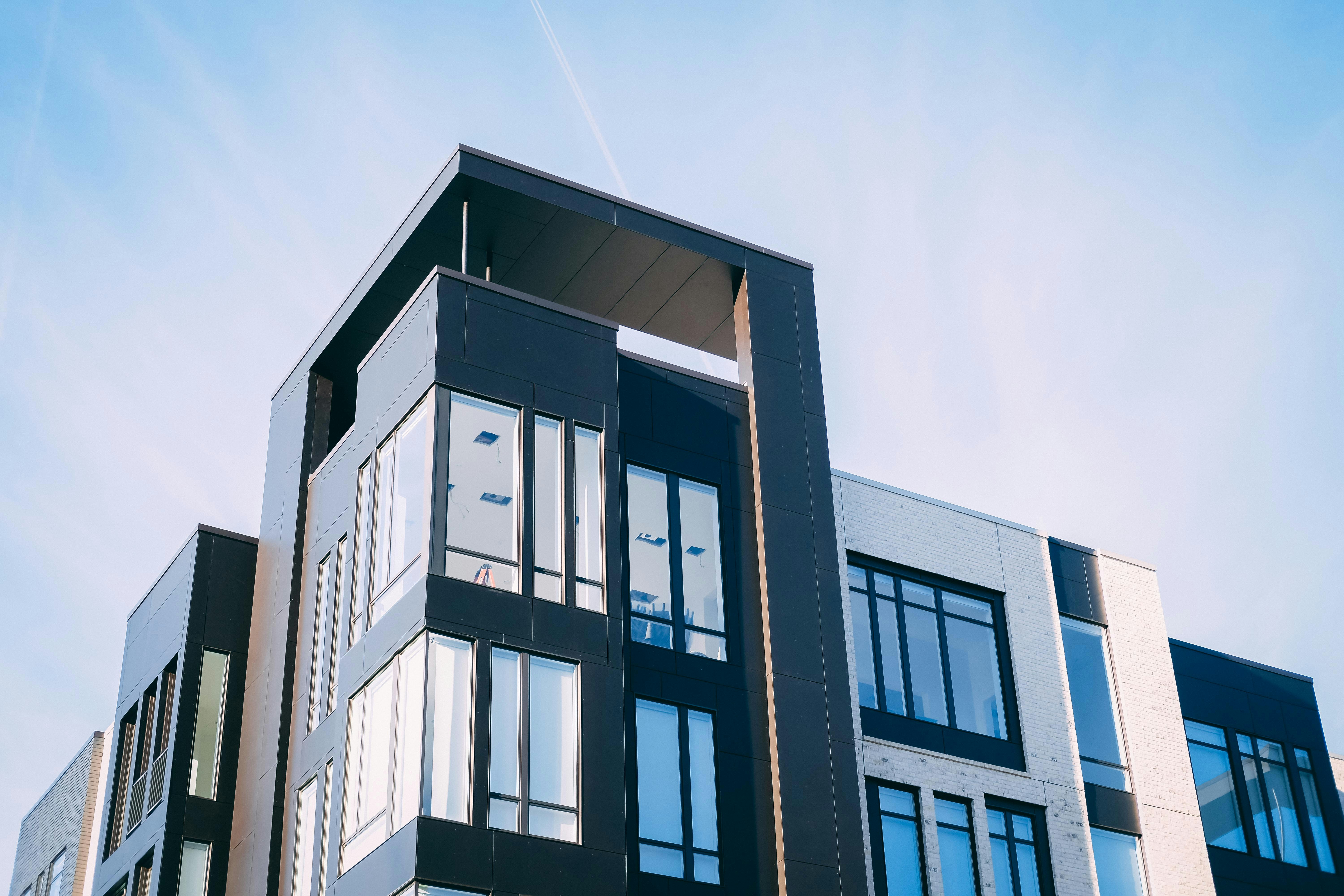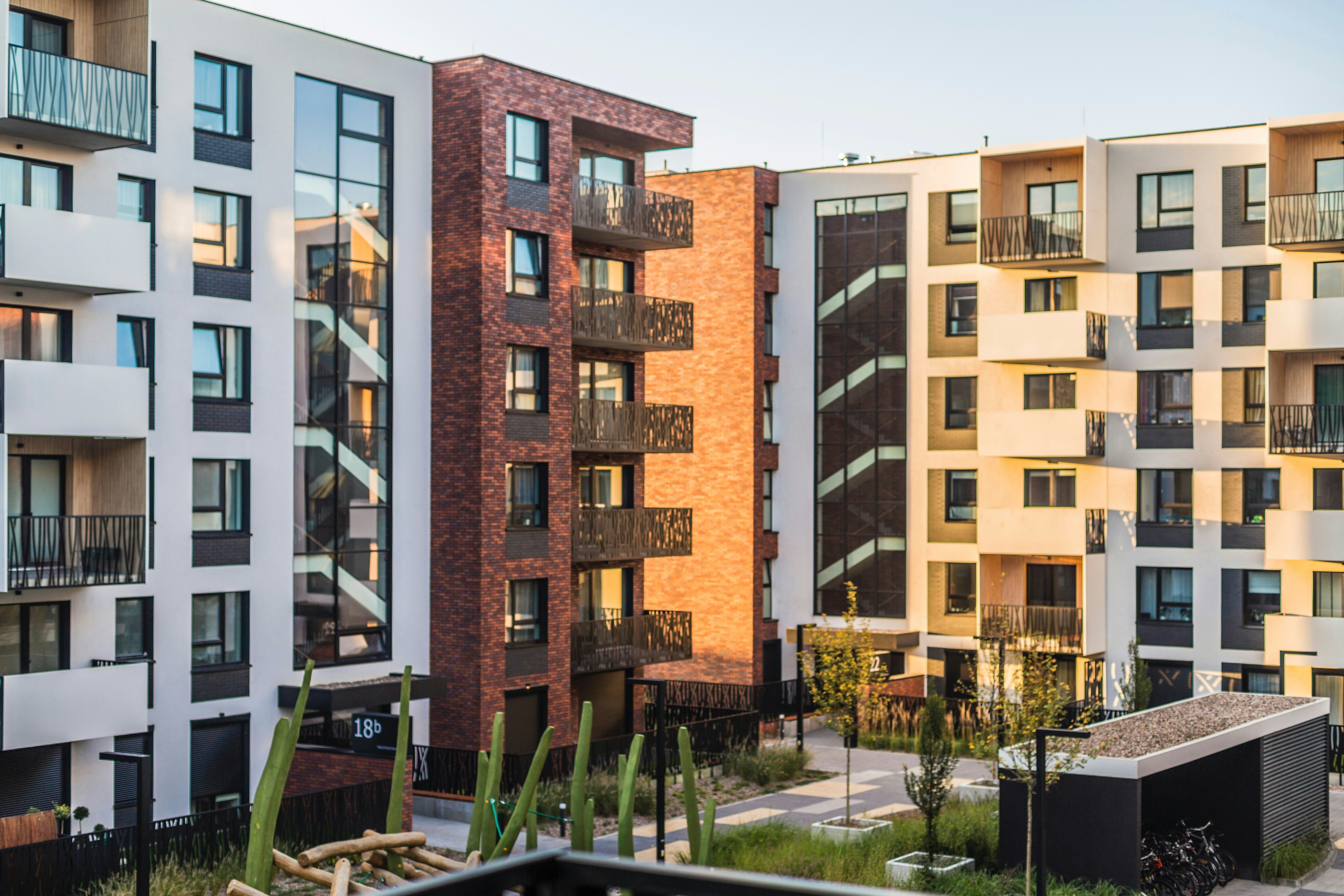What does this mean?
In 2021, the government has opened the second part of its consultation which will lead to the development of The Future Buildings Standard. This extends some of the principles in The Future Homes Standard to non-domestic and pre-existing buildings. The consultation is still ongoing is yet to be finalised but here are some ideas that are being considered:
- A degree of flexibility for developers to implement the most suitable and cost-effective systems for their project providing they are low carbon
- An uplift in minimum energy efficiency standards for whole-building energy performance
- An increase in minimum standards for thermal elements (walls, floors, roofs) and controlled fittings (windows and doors)
This is simply a snapshot of what the industry might look like in the future but we hope it has given you some useful insight into the direction the industry is heading.
For any inquiries, don’t hesitate to contact us.





